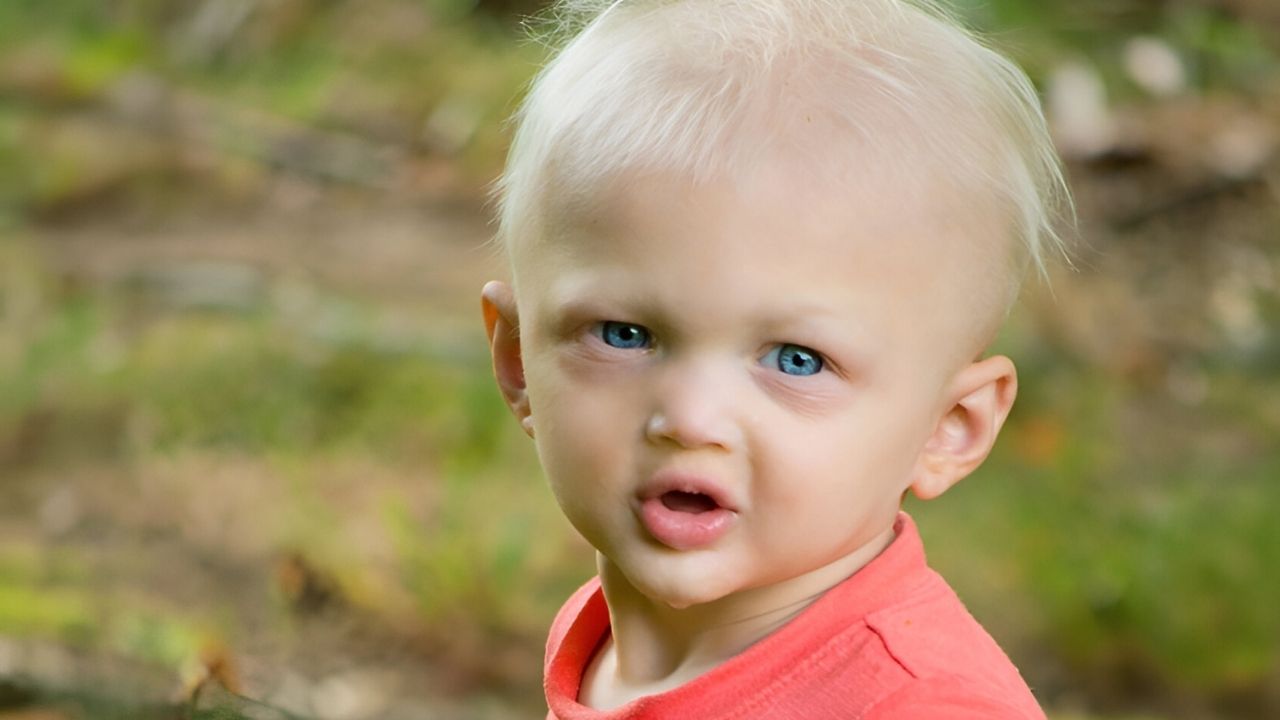
Christ–Siemens–Touraine Syndrome, also known as Hypohidrotic Ectodermal Dysplasia (HED), is a rare genetic disorder. It primarily affects the development of skin, hair, nails, teeth, and sweat glands. People with this condition often have sparse hair, missing teeth, and reduced ability to sweat. This can lead to overheating, especially in warm weather. HED is usually inherited in an X-linked recessive pattern, meaning it mostly affects males. Symptoms can vary widely, even within the same family. Early diagnosis and management are crucial for improving quality of life. Understanding this syndrome helps in providing better care and support for those affected.
Key Takeaways:
- Christ–Siemens–Touraine Syndrome, also known as HED, affects hair, teeth, and sweat glands. It can cause sparse hair, fewer teeth, and difficulty sweating, but treatments like dental care and skin moisturizers can help manage symptoms.
- Ongoing research for HED includes gene therapy and stem cell research. Support groups provide resources for those affected, and there are specific days dedicated to raising awareness about ectodermal dysplasias, including HED.
What is Christ–Siemens–Touraine Syndrome?
Christ–Siemens–Touraine Syndrome, also known as Hypohidrotic Ectodermal Dysplasia (HED), is a rare genetic disorder. It primarily affects the development of hair, teeth, and sweat glands. Here are some fascinating facts about this condition:
-
Genetic Basis: HED is usually inherited in an X-linked recessive pattern, meaning it predominantly affects males. Females can be carriers without showing symptoms.
-
Named After: The syndrome is named after three doctors: Christ, Siemens, and Touraine, who first described the condition.
-
Hair Abnormalities: Individuals with HED often have sparse, thin, and light-colored hair. This includes hair on the scalp, eyebrows, and eyelashes.
-
Dental Issues: People with this syndrome typically have fewer teeth than usual. The teeth that do develop are often pointed or cone-shaped.
-
Sweat Gland Dysfunction: One of the hallmark features is the reduced ability to sweat due to underdeveloped or absent sweat glands. This can lead to overheating.
Symptoms and Diagnosis
Understanding the symptoms and how the syndrome is diagnosed can help in early detection and management.
-
Facial Features: Characteristic facial features include a prominent forehead, a flattened bridge of the nose, and thick lips.
-
Skin Issues: The skin may be dry, thin, and prone to eczema or infections due to the lack of sweat glands.
-
Nail Abnormalities: Nails can be thick, brittle, or abnormally shaped.
-
Eye Problems: Some individuals may experience issues like dry eyes or inflammation of the eyelids.
-
Diagnosis: Diagnosis is often made based on clinical features and family history. Genetic testing can confirm the diagnosis.
Treatment and Management
While there is no cure for HED, various treatments can help manage the symptoms and improve quality of life.
-
Dental Care: Regular dental check-ups are crucial. Dental implants or dentures may be needed to replace missing teeth.
-
Skin Care: Moisturizers and emollients can help manage dry skin. Special care is needed to prevent skin infections.
-
Temperature Regulation: Cooling vests, air conditioning, and frequent hydration can help manage overheating due to the lack of sweat glands.
-
Eye Care: Artificial tears and other eye lubricants can alleviate dry eyes.
-
Genetic Counseling: Families may benefit from genetic counseling to understand the inheritance pattern and risks for future children.
Research and Future Directions
Ongoing research aims to better understand HED and develop new treatments.
-
Gene Therapy: Scientists are exploring gene therapy as a potential treatment to correct the genetic defect causing HED.
-
Stem Cell Research: Research into stem cells may offer new ways to regenerate missing or defective tissues.
-
Clinical Trials: Various clinical trials are underway to test new treatments and interventions for HED.
-
Patient Registries: Patient registries help collect data on individuals with HED, aiding research and improving care.
-
Support Groups: Support groups and organizations provide resources and community for those affected by HED.
Interesting Facts
Here are some lesser-known facts about Christ–Siemens–Touraine Syndrome that might surprise you.
-
Historical Cases: Historical records suggest that some famous figures may have had HED, although this is speculative.
-
Animal Models: Researchers use animal models, like mice, to study HED and test potential treatments.
-
Global Prevalence: HED affects people worldwide, regardless of ethnicity or geographic location.
-
Awareness Days: There are specific days dedicated to raising awareness about ectodermal dysplasias, including HED.
-
Art and Media: The condition has been featured in various forms of media, helping to raise awareness and understanding.
Final Thoughts on Christ–Siemens–Touraine Syndrome
Christ–Siemens–Touraine Syndrome, also known as Hypohidrotic Ectodermal Dysplasia, is a rare genetic disorder affecting the development of skin, hair, teeth, and sweat glands. Understanding this condition can help those affected manage symptoms better and seek appropriate treatments. Early diagnosis is crucial for improving quality of life.
Genetic counseling can provide valuable insights for families with a history of this syndrome. While there’s no cure, supportive care and symptom management can make a significant difference.
Awareness and education about Christ–Siemens–Touraine Syndrome can lead to better support systems and resources for those impacted. If you or someone you know shows signs of this condition, consult a healthcare professional for guidance. Knowledge is power, and staying informed can help navigate the challenges associated with this rare disorder.
Frequently Asked Questions
Was this page helpful?
Our commitment to delivering trustworthy and engaging content is at the heart of what we do. Each fact on our site is contributed by real users like you, bringing a wealth of diverse insights and information. To ensure the highest standards of accuracy and reliability, our dedicated editors meticulously review each submission. This process guarantees that the facts we share are not only fascinating but also credible. Trust in our commitment to quality and authenticity as you explore and learn with us.
